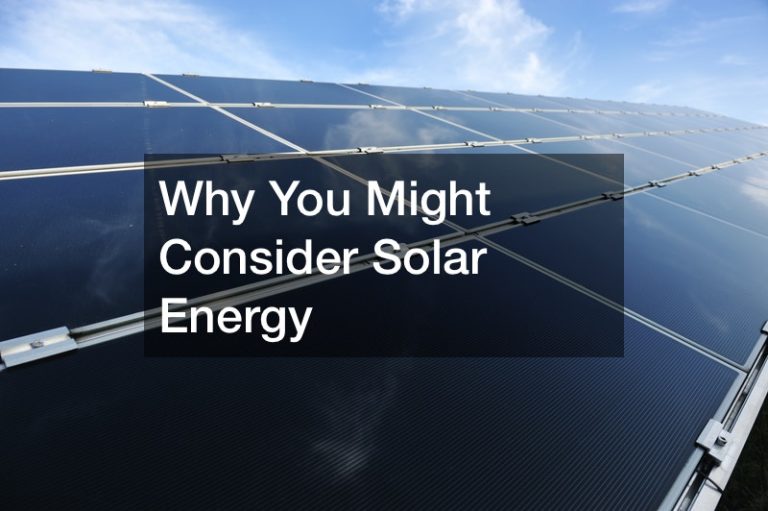
What Is Solar Energy?
Solar energy is a solid form of lighting technology that has been trusted for over 100 years. The technological advancements made allows for solar panel installation to be one of the most affordable types of lighting, due to advancements made in solar repair and understanding solar power. The innovative process of a solar panel repair has undergone made it one of the best alternatives for commercial and municipal lighting with its ability to withstand long periods of use. Solar energy is one of the most abundant energy resources on Earth, with 39% of newer electricity production being solar in 2016. The concept of using solar installers was later used in Asia, Australia, and Europe as street lighting applications. Recently, America has focused on making the country an eco-friendlier, searching for alternative methods to replace many of the high-energy options we use daily. The reason solar installers are highly sought-after is due to the need for residential solar panels lighting replacement. When solar installer performs a residential solar panel installation, the solar panel units don’t have electrodes or filaments in its bulbs, and battery backup which is what causes other bulbs to burn out faster. Therefore, a residential solar panel system has a lifespan of nearly 100,000 hours, which most companies and businesses have an appeal towards. Many businesses are making the switch for solar installers to install parking lot lights for longer lasting light fixtures without excessive high energy costs. A solar lamp is one of the many recent advancements designed to replace conventional, high-energy lamps we use in our homes and offices. Similar to fluorescent lighting, it’s powered through gaseous mercury that becomes excited when electricity is applied. However, an average life expectancy of a fluorescent bulb and ballast is approximately 20,000 hours; an LED tube holds twice as many, around 50,000 hours. Statistics show lighting accounts for nearly 11% of energy use in residential building and more than 18% in a commercial building; the Department of Energy reports that around 22% of all forms of electricity generated in the U.S is used for infrastructure, such as roadway lighting and businesses that typically use parking garage lighting.
LED vs. HID vs. Halogen, Which Is Better?
LED lights are one of the fastest selling and most used lighting sources on the market, making solar installers in demand. Although it was marketed as early as 1993 and gained little traction until the early 2000s, LEDs are typically used in nearly everything today, from cars to laptops, it is the face of innovative lighting. The process LED lighting undergoes to product lights are one of the unique, but also energy efficient—negative electrons run against holds through a semiconductor that produces a light-emitting diode also known as electroluminescent. LED lights are ideal for its eco-friendly nature, compact size, and its ability to shine brighter than Halogen without shining like HID. There’s also far more features other lighting doesn’t include, such as explosion proof LED that prevents this form of lighting to cause significant damages or safety concerns to those who use LED items. People choose LED options for both residential and commercial purposes, such as LED canopy fixtures and LED warehouse lighting due to their cost-efficiency.
Before LED lighting, HID was virtually unmatched by any other form of lighting. It was considered the global standard in the automotive industry and closely competed against other lighting sources. The general population switched from the halogen bulb and HID quickly became a far better halogen bulb replacement. HID gained their popularity because their ability to maintain high-light intensity and color temperature that remained a favorite for its nearly seamless functionality. HID lighting is made through a generally common process that makes it extremely intensive, but not without using an excessive amount of energy to power it. Unlike, high powered LED, it didn’t include explosive proof LED to contain its high intensity, which causes it to be hazardous.
Before alternative lighting methods halogen bulbs were the primary lighting source for all residential and commercial areas. Halogen lights were considered the standard before HID lighting and were typically seen as a multifunctional bulb.
